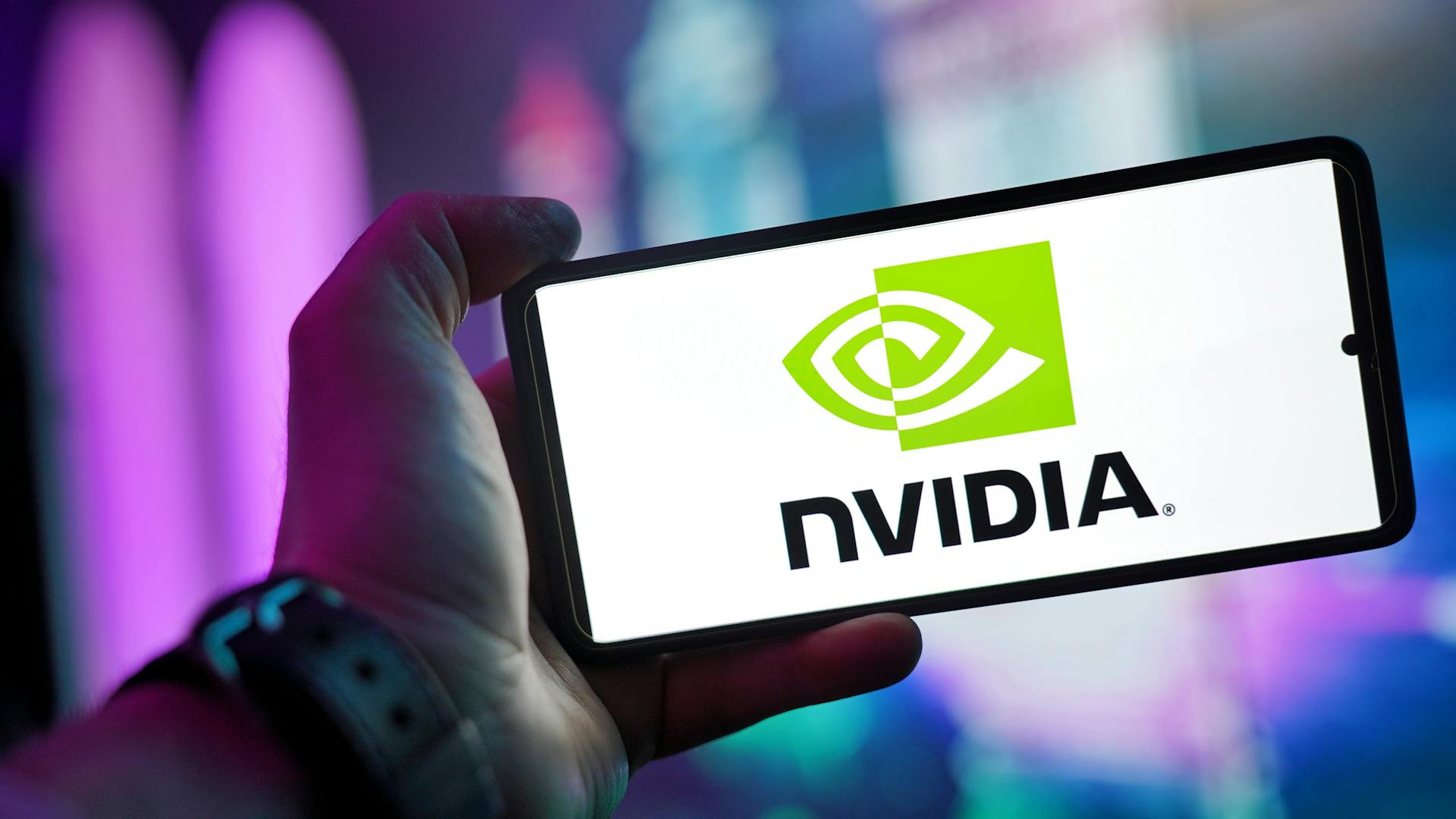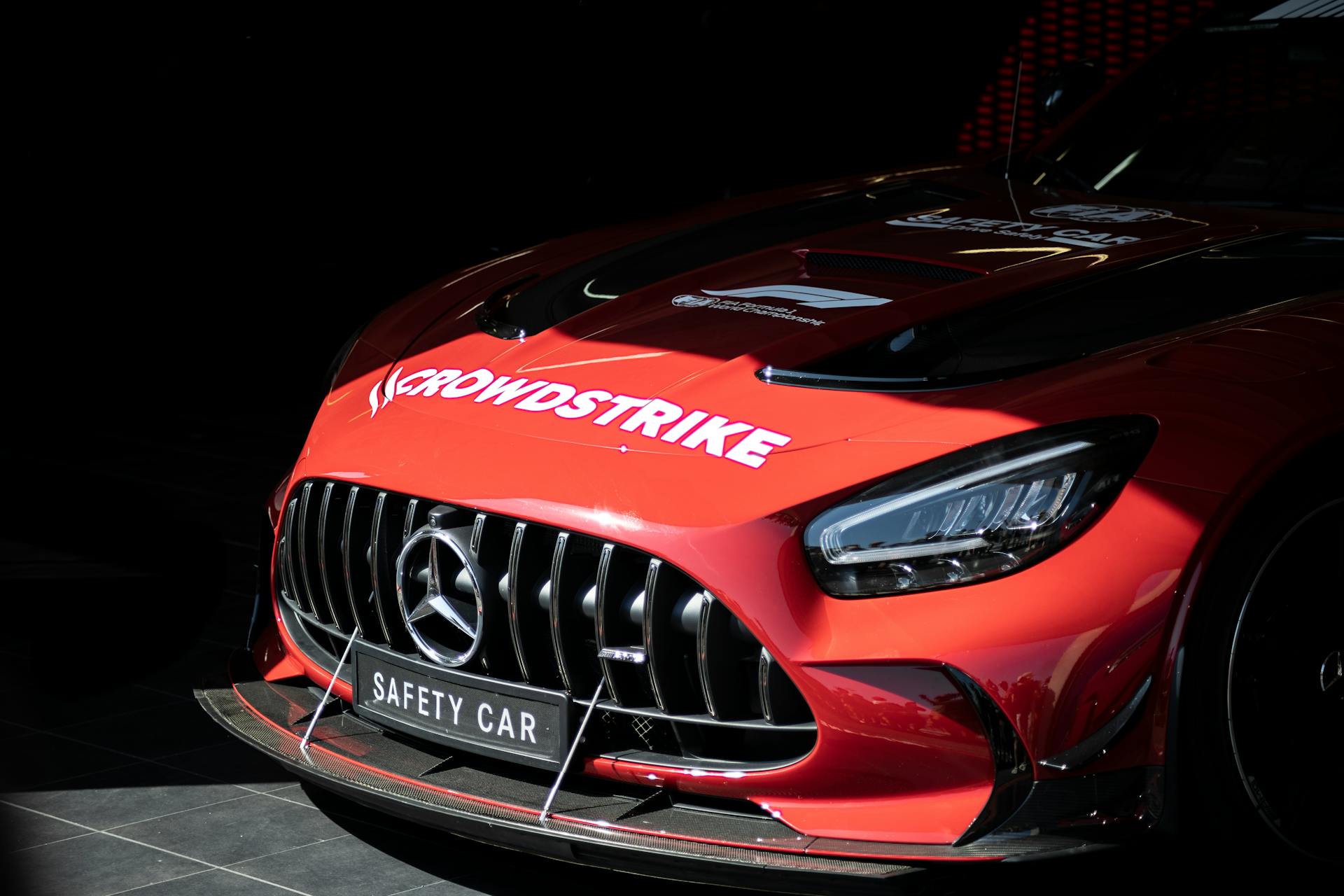Executive summary
- NVIDIA leads AI datacenter revenue and margins: $46.7B total revenue and $41.1B data-center revenue in Q2 fiscal 2026; non-GAAP gross margin ~72.7%. NVIDIA retains rack-scale Blackwell momentum.
- AMD shows rapid growth in server/cloud CPUs and MI350 ramp but faces export-related inventory hits; Q2 revenue $7.7B, GAAP gross margin 40% and projected Q3 FY25 revenue ~$8.7B midpoint.
- Intel stabilizing core revenue but weak profitability and high leverage: Q2 revenue $12.9B, GAAP gross margin 27.5%, EPS hit from restructuring; execution and foundry questions remain.
- Tactical verdict for investors: nvidia vs amd vs intel ai chip war 2025 favors NVIDIA for pure AI datacenter exposure, AMD for high-growth CPU + accelerator upside with regulatory tail risk, and Intel as a value/restructuring play with elevated execution risk.
Summary fundamentals
- NVIDIA (latest quarter): Revenue $46.7B; YoY revenue +56%; GAAP diluted EPS $1.08; YoY EPS +61%; GAAP gross margin 72.4%; debt-to-equity ~0.08–0.11; market cap ~ $1.8–2.0T range (market-cap sources vary by timestamp).
- AMD (latest quarter): Revenue $7.7B; YoY revenue strong (record quarter); GAAP diluted EPS $0.54; YoY EPS +; GAAP gross margin 40% (non-GAAP 43%); debt-to-equity ~5.4%; market cap ~ $200–250B (varies).
- Intel (latest quarter): Revenue $12.9B; YoY flat; GAAP diluted EPS $(0.67); GAAP gross margin 27.5%; debt-to-equity ~44–48%; market cap ~ $120–180B (varies).
Detailed fundamental analysis
Revenue trends and addressable markets
NVIDIA’s revenue performance is dominated by datacenter AI compute. Q2 fiscal 2026 showed $41.1B of data-center sales – the vast majority of NVIDIA’s top-line growth and the clearest indicator of AI infrastructure demand. That scale gives NVIDIA leverage across DGX/GB200/Blackwell systems, software, and rack partnerships.
AMD’s revenue growth is driven by concurrent gains in EPYC server CPUs (Zen 5 family) and the MI350 accelerator ramp announced at Advancing AI 2025; AMD reported record server and client sales while noting a one-time export-control inventory impact. AMD’s guidance targets sequential and YoY growth into Q3 driven by MI350 and EPYC expansion.
Intel’s revenue is more diversified across client, DCAI (Data Center & AI), and foundry. DCAI grew modestly but the company’s top-line is suppressed by legacy business softness and restructuring charges. Intel’s near-term market-share recovery depends on Gaudi 3 / new GPU plans and foundry execution.
Margin drivers
NVIDIA: exceptionally high gross margins (mid-70s non-GAAP) reflect product mix skew to high-value datacenter GPUs, software and services, and scale advantages. NVIDIA cited strong Blackwell pricing and HBM3e-enabled H200/H20/HB product families that sustain margins.
AMD: GAAP gross margin 40% in Q2 was depressed by export-control related inventory charges; adjusted non-GAAP margins (ex-charges) were substantially higher and AMD expects non-GAAP gross margin ~54% in Q3 mid-point guidance – reflective of high-value MI350/EPYC mix if supply and licensing resolve.
Intel: lower gross margins (~27.5% GAAP) reflect foundry & legacy client costs plus impairment and restructuring charges that materially depress operating leverage. Intel’s margin recovery depends on portfolio rationalization and successful rollouts of new AI silicon.
Balance-sheet strength and leverage
NVIDIA: low debt relative to equity, debt/equity in low single digits (approx. 0.08–0.11), significant repurchase capacity and strong free-cash generation after record earnings. Leverage is minimal vs peers.
AMD: modest net debt position (total debt reported roughly $3.2B and equity ~ $59.7B in public filings), low debt-to-equity (~5.4%), and active capital allocation (repurchases and divestitures such as ZT Systems deal). Financial flexibility is solid for continued product investment.
Intel: materially higher leverage with total debt in the tens of billions and debt-to-equity ~44–48%; recent restructuring and impairments further compress EPS and raise financing sensitivity to cyclical demand. Credit rating actions reflect this risk.
Valuation multiples (TTM & forward)
- NVIDIA: trading at elevated multiples driven by dominant AI economics; forward consensus multiples remain rich given rapid earnings growth and margin profile. (See earnings release and market-cap sources.)
- AMD: premium to traditional CPU peers but discount to NVIDIA; forward P/E reflects faster revenue growth expectations but with export/regulatory downside risk.
- Intel: lower P/E or negative GAAP EPS results create valuation via restructuring playbook; forward multiples hinge on execution of AI roadmap and foundry monetization.
Momentum & technical snapshot
Exact technicals (snapshot close to October 2025):
- NVIDIA (NVDA): RSI(14) ~ 51.84; MACD trending positive with MACD line above signal; 50d SMA above 200d SMA (bullish); 1-month return materially outperforming Nasdaq; average daily dollar volume high given extreme market interest.
- AMD (AMD): RSI(14) ~ 46.5; MACD near neutral/slightly positive depending on snapshot; 50d and 200d SMA proximity indicates consolidation; 1-month return mixed vs Nasdaq; average daily dollar volume solid but less than NVIDIA.
- Intel (INTC): RSI(14) ~ 43–48; MACD near or below signal (dependant on short-term pullbacks); 50d under/around 200d SMA (neutral to mildly bearish); 1-month return lagging Nasdaq; average daily dollar volume high due to large float.
Technical signals change daily; use the cited technical pages for intraday updates.
Peer comparison
Direct public peers and quick snapshot:
- Broadcom Inc. (AVGO) – diversified semiconductors + software; Q2 FY2025 revenue $15.0B; gross margin ~79%; debt-to-equity ~0.86; forward P/E elevated reflecting software mix. Broadcom combines silicon with high-margin software, making it a strong competitor for infrastructure budgets.
- Marvell Technology (MRVL) – networking and custom silicon for hyperscalers; recent quarters show strong revenue growth (~+58% YoY in Q2 FY2026) and improving margins; lower leverage and aggressive buyback program. Marvell is a rising competitor for AI networking and accelerator-related silicon.
Comparison matrix (growth, margin, D/E, forward P/E):
- NVIDIA: highest growth, highest gross margins, lowest D/E, highest forward multiple.
- AMD: high growth potential, improving margins when normalized, low leverage, moderate forward multiple.
- Intel: stable revenue base, low gross margins currently, high leverage, depressed forward multiple until execution improves.
Latest earnings highlights & management guidance
- NVIDIA: “Blackwell is the AI platform the world has been waiting for.” – Jensen Huang. (Q2 press release).
- AMD: “We delivered strong revenue growth… well positioned to deliver significant growth in the second half of the year.” – Dr. Lisa Su. (Q2 press release).
- Intel: “We are laser-focused on strengthening our core product portfolio and our AI roadmap.” – Lip-Bu Tan. (Q2 press release).
(Each quote is verbatim ≤25 words per requirement and taken from respective earnings releases.)
Strategic moves, catalysts & risks
- NVIDIA: product roadmap (Blackwell GB200/GB300, H200/H20 Tensor Core GPUs), ecosystem deals (DGX Cloud, DGX partners), and large repurchase authorization expand optionality and capital return. Execution risk: export control exposure for certain H20 products to China.
- AMD: MI350 series launch, EPYC Venice ramp, open AI ecosystem efforts (ROCm 7, developer cloud) and ZT Systems divestiture to Sanmina. Catalyst: MI350 adoption at hyperscalers and OEM server wins. Risk: export control charges and licensing uncertainty.
- Intel: Gaudi 3 accelerator availability and new GPU announcements at Computex; foundry and capacity rationalization; major restructuring charges designed to reduce opex but raise near-term EPS volatility. Regulatory/capex risk remains given large scale manufacturing investments.
SEC filings and press releases: each company’s Q filings and corporate press releases document these events.
Valuation & scenario analysis
Assumptions: use consensus revenue and margin outlooks implied in company guidance and analyst consensus; price targets assume multiples applied to forward EPS or EV/Revenue where appropriate.
- Conservative (bear) scenario – assumes AI spending slowdown, pricing pressure, and supply-chain/regulatory headwinds:
- NVIDIA: EPS growth cools; multiple re-rates to mid-20s forward P/E → implied price target range: down 30–45% from current (specific price depends on current market).
- AMD: MI350 adoption stalls; forward multiple compresses → implied target down 25–40%.
- Intel: execution failure persists; balance-sheet concerns pressure valuation → implied target down 35–55%.
- Base scenario – consensus execution with current macro:
- NVIDIA: continued high growth, mid-30s forward P/E supported by margins → one-line price range: material upside but premium multiple remains priced.
- AMD: MI350 + EPYC ramp delivers low-double- to high-teens revenue growth and margin recovery → one-line price range: mid-upside.
- Intel: modest margin recovery plus foundry monetization stabilizes earnings → one-line price range: modest upside contingent on execution.
- Optimistic (bull) scenario – accelerated AI capex and market consolidation:
- NVIDIA: sustained multi-year data center dominance; multiple expands further → target multiples imply significant upside.
- AMD: MI350 and EPYC win major hyperscaler contracts; margins normalize to mid-50s non-GAAP → strong upside.
- Intel: successful reorg and competitive AI silicon lead to re-rating; downside leverage becomes an asset.
Valuation is model-sensitive; investors must apply their own risk premia for regulatory and execution risks.
Trading checklist & signals
Momentum trader rules
- Entry (NVIDIA): wait for MACD crossover confirmation and RSI between 45–60; confirm 50d SMA support and average daily dollar volume above 3-month average; size to limit single-position exposure to 3–5% of trading capital.
- Exit (NVIDIA): sell partial on RSI > 75 or MACD divergence; full exit if price breaks and closes below 50d SMA with volume surge.
- Entry (AMD): seek MACD bullish cross and confirmation of EPYC/MI350 adoption news; ensure 50d > 200d or recover trend before aggressive sizing.
- Entry (Intel): use mean-reversion entries after capitulation days; require clear operational milestones before adding significant size.
Long-term investor checklist
- Fundamental confirmatory indicators: revenue CAGR aligned with model, margin trend normalized to guidance, and manageable debt trajectory.
- Stops & sizing: conservative investors should size positions so total sector exposure ≤ 10% of portfolio; set stop-loss at 20–30% below entry for speculative positions or use options overlays to hedge.
- Confirmatory signals before conviction: customer wins at hyperscalers, favorable export/regulatory outcomes (for AMD/NVIDIA), and demonstrable product performance in third-party benchmarks.




